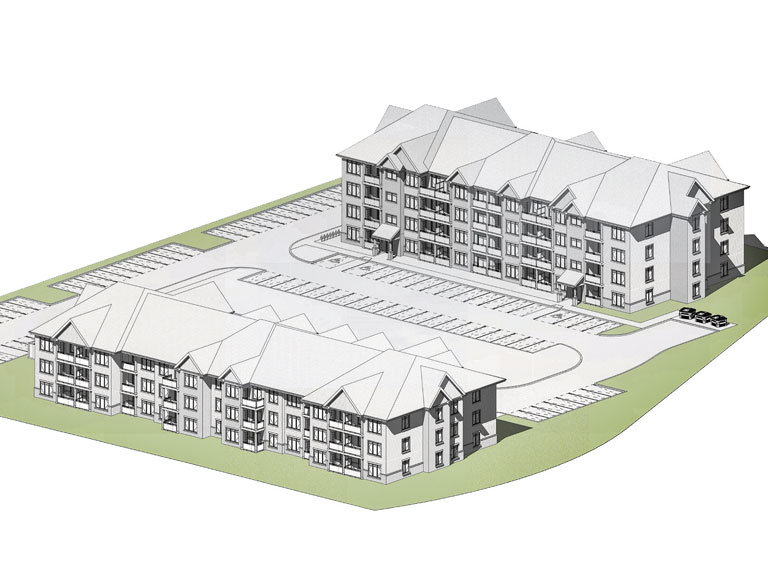County News
Paid

Wellington developer meets October deadline
In late August, hundreds of residents attended a council meeting that changed everything. As the session approached the midnight hour, Councillor Corey Engelsdorfer drew a hard line. Either the developer in Wellington paid what it owed, or it would lose its exclusive access to build homes in the village.
Shire Hall folks said they wouldn’t be ready by the deadline of September 1. Councillor Phil Prinzen asked when they would be ready. So a hard deadline was set. Either the developer paid $12.7 million owed under its agreements with the municipality by October 30, or it would forfeit its security deposit ($4 million) and, critically, it would lose the remaining capacity in the waterworks plants (water and wastewater), estimated to be sufficient for about 320 homes.
It set in motion two months of speculation— would they or would they not pay up? What did it mean for the $45 million Shire Hall had already committed to waterworks expansion for this development?
So it was that just after lunch on Wednesday last week—deadline day—that the developer’s point person, Devon Daniell, arrived at Shire Hall to personally deliver a certified cheque in the amount of $12,670,014.
So what does it mean? First, the developer’s payment means that existing waterworks ratepayers are a bit less on the hook for the $45 million already committed by Shire Hall for waterworks expansion for this developer.
Mostly, it buys everyone time.
It seems clear the developer would have preferred to wait until market conditions improved but the deadline imposed by the two councillors forced his hand. He had to pay up or risk losing priority ranking in the village. They made the decision to pay up—surely comforted by the substantial increase in the value of his land since 2006—driven in large part by the waterworks expansion alongside his property.
It buys Kaitlin time. It will likely spend the winter marketing, and may begin to move dirt in the spring. How rapidly farm fields in Wellington are converted to a subdivision, however, will be determined by home sales.
With a strong inventory of resale homes on the market, it could be years before a home rises out of the soil north of the Millennium Trail.
It also means an abrupt halt to plans to develop the Sterling subdivision behind the Legion and townhouses at the top of Maple Street. Both are desirable infill projects—smaller housing formats, mostly towns, some apartments—but both are off the table in the near term.
Kaitlin retains control of every new home built in the village until the existing plants are expanded or new plants are built. This was the deal it signed with the municipality in 2021 and 2022.
There is no urgency for either. It also buys time for the municipality. It now has given developers a clear path for about 800 homes between Picton and Wellington. Shire Hall is on pace to issue 141 new home-building permits across the County in 2024. The municipality and existing waterworks users now have about six and a half years to measure the pace of demand for new homes in this market.
Real questions remain about how fast sales uptake will occur. The factors driving population growth and the demand for new housing are primarily focused on large urban areas surrounding Toronto. The pressure drops off significantly after Durham. Will new home buyers flock in numbers to new homes 200 kilometres from the city? Where will they work? Will economic growth support the proposed scale of expansion? Will the pace of arrivals outpace the natural decline? Or will the County remain stubbornly at about 25,000 souls?
This is the bet the developer has made. It will be looking keenly at sales uptake over the next two years to answer these questions. Shire Hall should do the same.
The developer has bought time.

Comments (0)